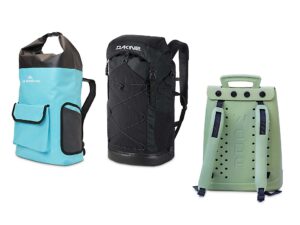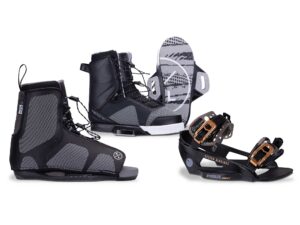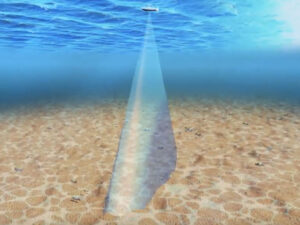Within five years all lights in cars and trucks, other than headlights, will be LEDs. As goes the automotive industry, so it eventually goes for boats.
An LED is a light emitting diode. A diode lets current flow in only one direction. To get a diode to emit light, it is made from two semiconductor materials. One has too many free electrons, the other not enough. The electrical current forces the excess electrons across a barrier and light is produced. Compare this to incandescent bulbs, which generate light and heat (wasted energy) by electrical resistance that makes a filament glow.
LEDs are more expensive than incandescent bulbs but use less power so they are less expensive to run. Their current draw is so low, you could leave your cockpit courtesy lights on for a week and still be able to start the engine. LEDs are almost immune to vibration, have a life span measured in tens of thousands of hours, are small for their output, do not dim as rapidly when the current drops, and have a highly directional light. This last feature makes them ideal for running lights.
Attwood and Perko offer running and anchor lights, and most other companies offer courtesy, bait tank, and chart lights with LEDs.









